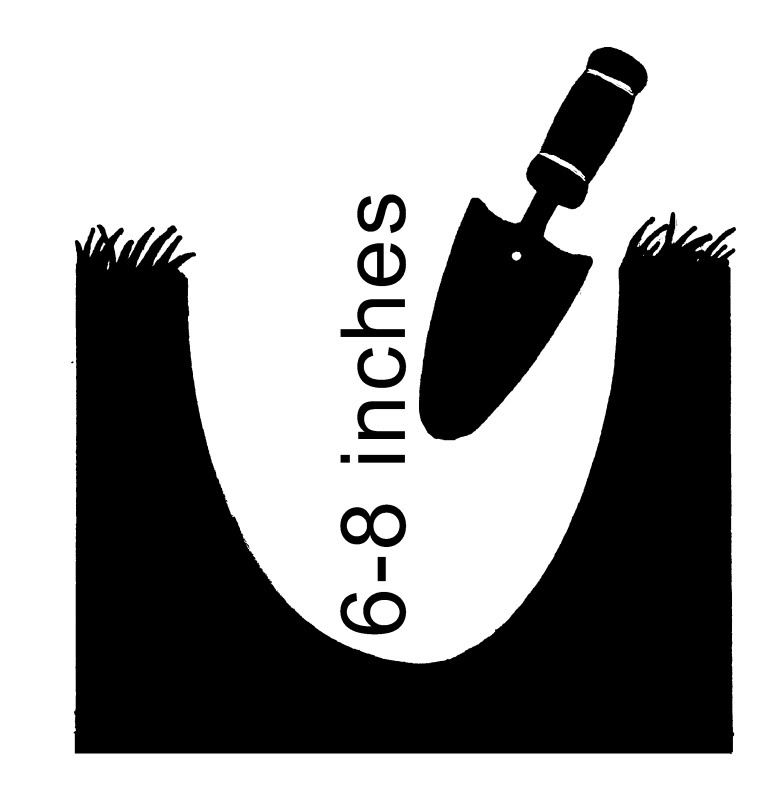
Dear Education Department,
How am I supposed to get rid of wastewater in the Frontcountry? Dig a sump or broadcast strained grey water? Would I ever broadcast it onto a roadway?
Signed,
Dear Concerned Camper,
Generally speaking, we advocate the broadcasting of strained wastewater for most environments. However, there are a few exceptions:
1. In Frontcountry environments, we advocate using existing facilities to dispose of wastewater (sink, sump, etc.) if provided. If no facilities are provided, we’d default to straining and broadcasting. However, if you’re in grizzly country, the sump (6-8” deep cathole) might be preferred as it concentrates smells and provides some smell barrier with the 6-8” of soil and thus might not be as attractive to animals (grizzly bears.
From our Rocky Mountain Skills & Ethics Booklet on wastewater disposal in grizzly country:
2. I would not recommend pouring strained wastewater onto a roadway. The reason is that the food smells in the wastewater are still likely an attractant to wildlife, which can then be drawn to the roadway to investigate. This in and of itself can lead to habituation with food conditioning of animals. Furthermore, it can snowball from there by attracting wildlife to roadways in search of food, which then get hit by cars, which then are fed on by animals like raptors, which then also get hit by cars. It can be a nasty domino effect…
One more question: Seems like you have a lot of information on disposing of human waste, but grey water seems to be up in the air so to speak.
While there is some truth to the assertion that our recommendations on wastewater disposal, predominately in Frontcountry, are “up in the air,” our backcounty recommendations are solid – strain and broadcast or strain and sump in grizzly country, always defaulting to agency regulations. In the Frontcountry, it’s a bit trickier. There are many factors that must be taken into consideration. However, we’d recommend the following: dispose of strained wastewater in provided facilities first (sink, sump, possibly a flush toilet even if allowed), if no facilities exist, strain wastewater and broadcast 200 ft from the campsite if possible (can be a challenge in many Frontcountry areas to actually get that far from the site without being in someone else’s site or near a water source, road, etc.) and be mindful of special considerations in grizzly country.




1 comment:
It's good if the facility for disposal exists (sinks, etc.) but digging a hole is not that difficult as well.
Post a Comment